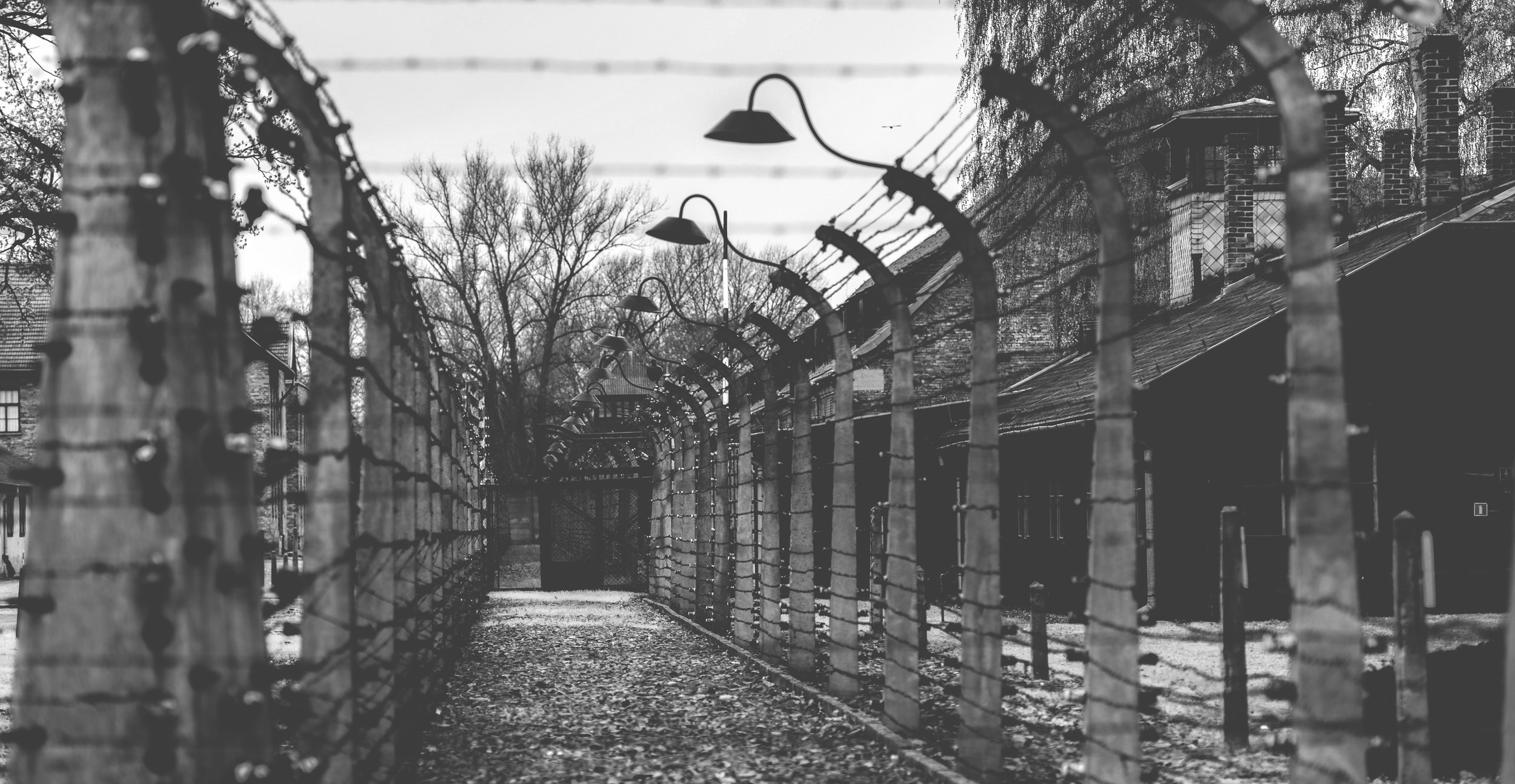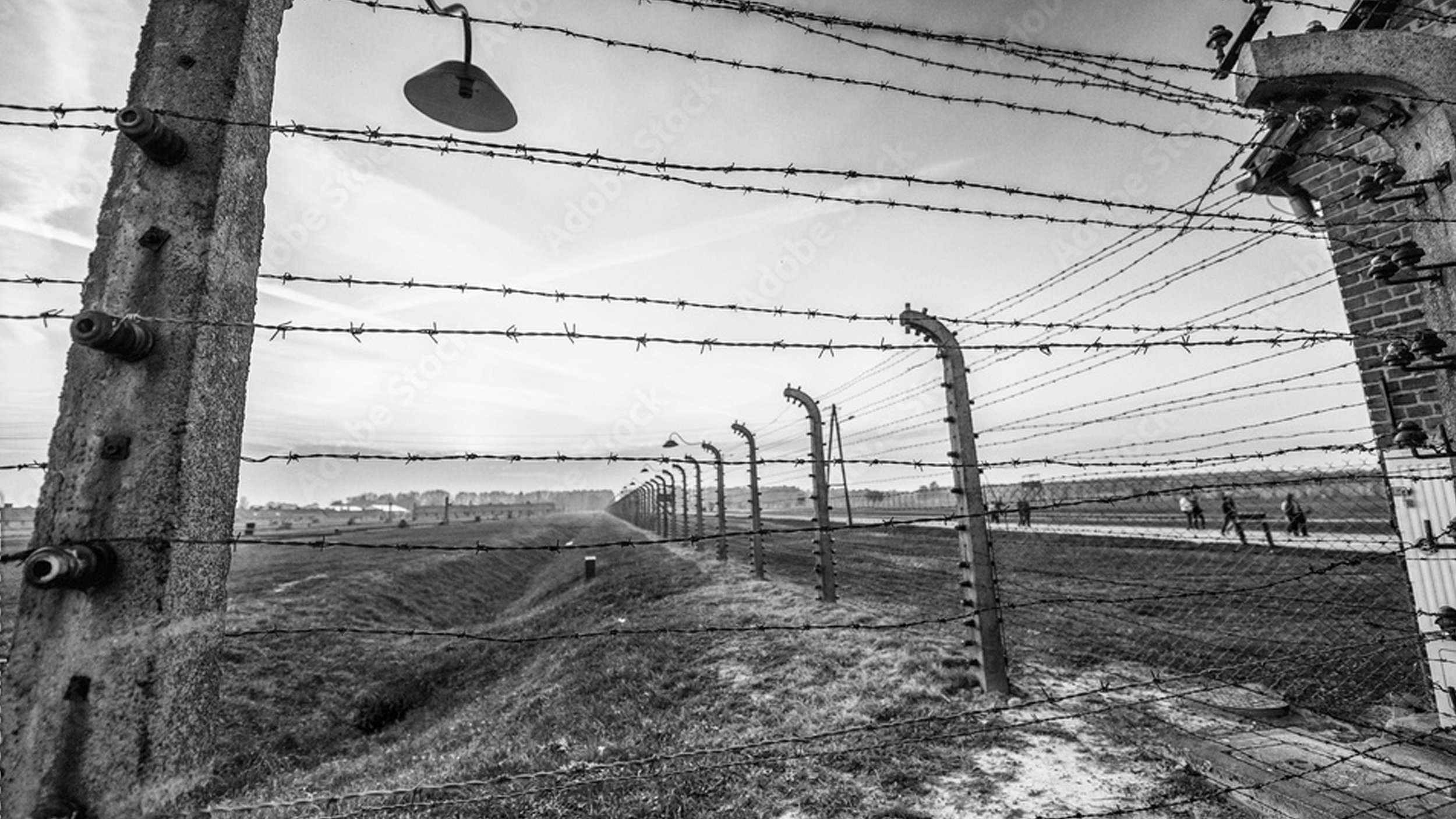
WHAT IS THE HOLOCAUST?

The Holocaust was the systematic, state-sponsored persecution and murder of six million European Jews by the Nazi German regime and its allies and collaborators. The Holocaust was an evolving genocide that took place throughout Europe between 1933 and 1945.
Adapted from The United States Holocaust Memorial Museum
Antisemitism, the hatred of or prejudice against Jews, was at the foundation of the Holocaust, and the core principal of the Nazi ideology. These long-standing antisemitic beliefs and ideologies that portrayed Jews as the source of societal and economical problems, was also widespread throughout Europe.
The term "Holocaust" comes from the Greek word meaning "sacrifice by fire." While the Jewish community was the primary target, other groups, including German people (political opponents, physically and mentally disabled individuals, homosexuals, and Jehovah's Witnesses), Roma and Sinti people, and Soviet prisoners of war, also faced persecution.
Germany’s genocide of Jews occurred between 1933 and 1945 and resulted in the mass murder of six million Jews. During World War II, Nazi Germany and its allies and collaborators killed nearly two out of every three European Jews using deadly living conditions, brutal mistreatment, mass shootings and gassings, and specially designed killing death centers.
The Holocaust remains a profound and painful chapter in human history, highlighting the dangers of hatred, intolerance, and indifference. Its legacy continues to shape discussions on human rights, genocide prevention, and the importance of remembrance and education.



